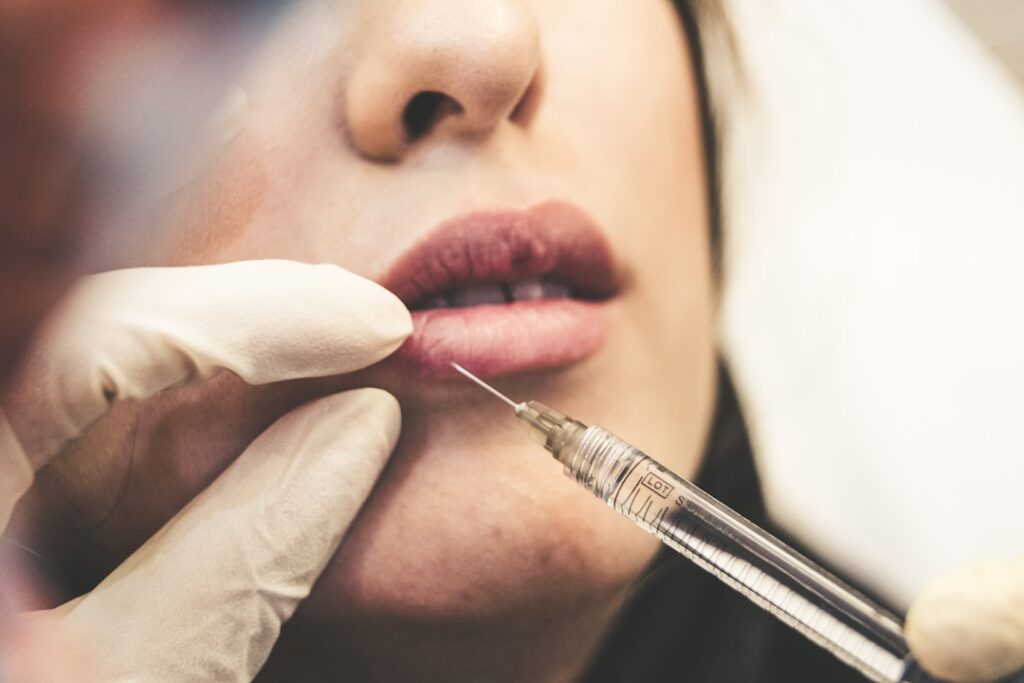Understanding the Different Types of Facial Aesthetic Procedures
In a world where first impressions are often linked to appearance, facial aesthetic procedures have risen in popularity. These procedures range from non-invasive treatments like dermal fillers to surgical interventions such as facelifts. Each type is designed to enhance facial features, address signs of ageing, and improve self-confidence. With such a wide array of options available, it’s essential to understand the differences between each procedure to make informed decisions about your skincare and aesthetic journey. Below, we’ll delve into various facial aesthetic treatments and their benefits.
Exploring Minimally Invasive Treatments for Facial Enhancement
The line between non-invasive and minimally invasive treatments is sometimes blurred, with both catering to individuals seeking improvement without significant surgery. Minimally invasive procedures, however, involve techniques like injections or microneedling that penetrate the skin’s surface, offering enhanced results. Botulinum toxin and dermal fillers are the most recognizable forms of these treatments, addressing wrinkles, volume loss, and facial contours.
Botulinum toxin treatments, commonly known as Botox, work by relaxing facial muscles, resulting in smoother skin and reduced appearance of fine lines. The effects are temporary, making regular treatments necessary to maintain results. Dermal fillers, on the other hand, add volume to areas such as the lips, cheeks, and under-eye region, with results that can last several months to a few years.
Visiting a trusted aesthetic clinic, like orfaniotis.co.uk, can provide insight into how minimally invasive treatments can fit into your beauty regimen. The specialists at such clinics can offer advice tailored to your facial structure and aesthetic desires, ensuring that the chosen treatment aligns with your personal goals.
Delving Into Non-Invasive Facial Rejuvenation Options

As demand for less intrusive forms of facial rejuvenation increases, technology, and techniques have evolved to meet patient needs. Non-invasive options, which often focus on skin health and texture, include treatments like LED light therapy, which can reduce inflammation and stimulate collagen production. Similarly, facials that incorporate cutting-edge serums and technologies can hydrate and brighten the skin.
Laser skin treatments represent a more targeted approach to non-invasive rejuvenation, addressing issues from unwanted pigmentation to fine lines. While these treatments can require a series of sessions, the process is usually gentle, with little to no downtime needed. Patients often resume their regular activities immediately following the treatment.
For those seeking improvement in skin elasticity and firmness, radiofrequency treatments can heat the deeper layers of skin to promote tightening effects. Ultherapy, for instance, uses ultrasound technology to stimulate collagen production deep within the skin, offering a non-surgical alternative to a facelift.
Surgical Face Lift Procedures: Techniques and Considerations

For long-term and pronounced results, surgical facelift procedures remain a cornerstone of facial aesthetics. With advances in surgical techniques, surgeons are now able to achieve more natural and lasting outcomes. Traditional facelifts involve the removal of excess skin and the repositioning of underlying tissues, which can significantly reduce the visible signs of ageing.
While traditional facelifts remain popular, there are variations tailored to specific concerns. For instance, a neck lift focuses on removing sagging skin and fat from the neck area, often combined with a standard facelift for a harmonious rejuvenation. Similarly, brow lifts target the upper face, elevating the brow line and reducing forehead wrinkles.
Choosing to undergo surgical enhancement requires careful consideration of factors such as the expertise of the surgeon, the facility’s accreditation, and the potential risks and recovery time. Patients should set realistic expectations and discuss these thoroughly with their surgeon to ensure satisfaction with the results. Pre-operative and post-operative care protocols are also vital components to consider for a smooth recovery.
Aftercare and Long-Term Management of Facial Aesthetic Treatments
Aftercare is a critical aspect of any facial aesthetic treatment, whether non-invasive or surgical. It ensures not only the effectiveness of the procedure but also the safety and health of the skin post-treatment. Non-invasive treatments may require minimal aftercare, such as avoiding certain skincare products or activities that can irritate the skin for a short period.
For minimally invasive and surgical treatments, aftercare becomes more involved. Following a professional’s guidance on wound care, medication, and activity restrictions is crucial to proper healing. Minimally invasive treatments may require a brief period of downtime, while surgical procedures might demand weeks of careful management to minimize scarring and complications.
Overall, the world of facial aesthetics offers a broad spectrum of treatments to accommodate the diverse needs and desires of individuals looking to improve their appearance. Whether through non-invasive enhancements or surgical transformations, the key is to select the right procedure and follow through with meticulous aftercare for optimal results. By doing this, patients can achieve the refreshed, youthful, and confident look they desire.





